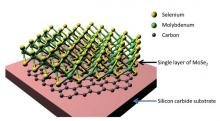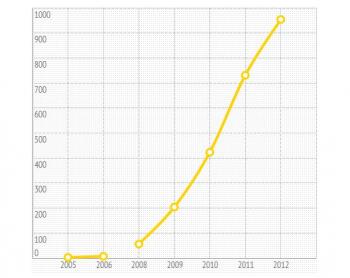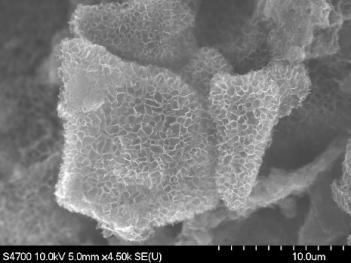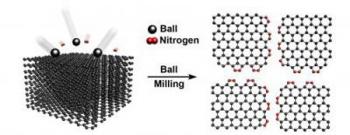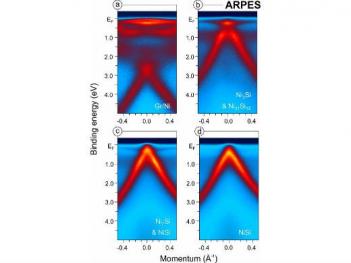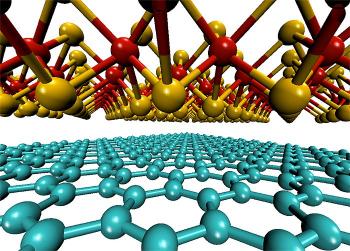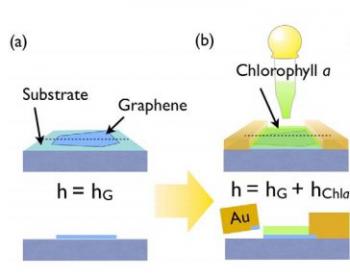Perovskite and graphene enable cheap and efficient solar cells
European researchers developed, produced and characterized a photovoltaic device based on a combination of titanium oxide and graphene as charge collector and Perovskite as sunlight absorber. This PV cell can be produced at low temperatures and is very efficient at 15.6% - higher than graphene combined with silicon.
Perovskite structures absorb sunlight very effectively, and this new development is a milestone for the progress of perovskite solar cells.
